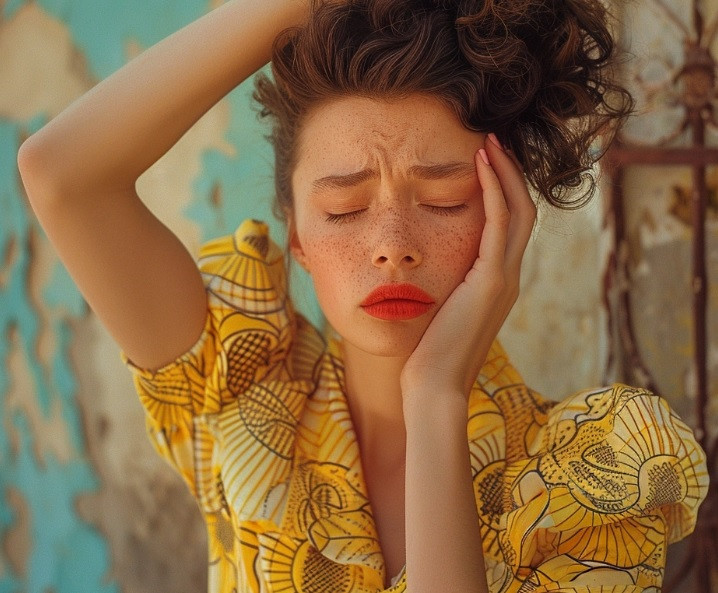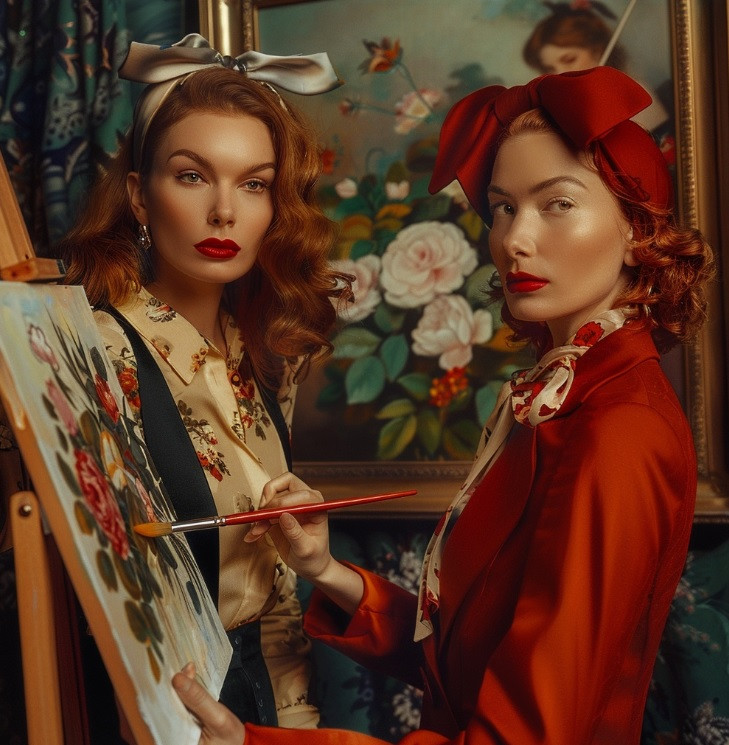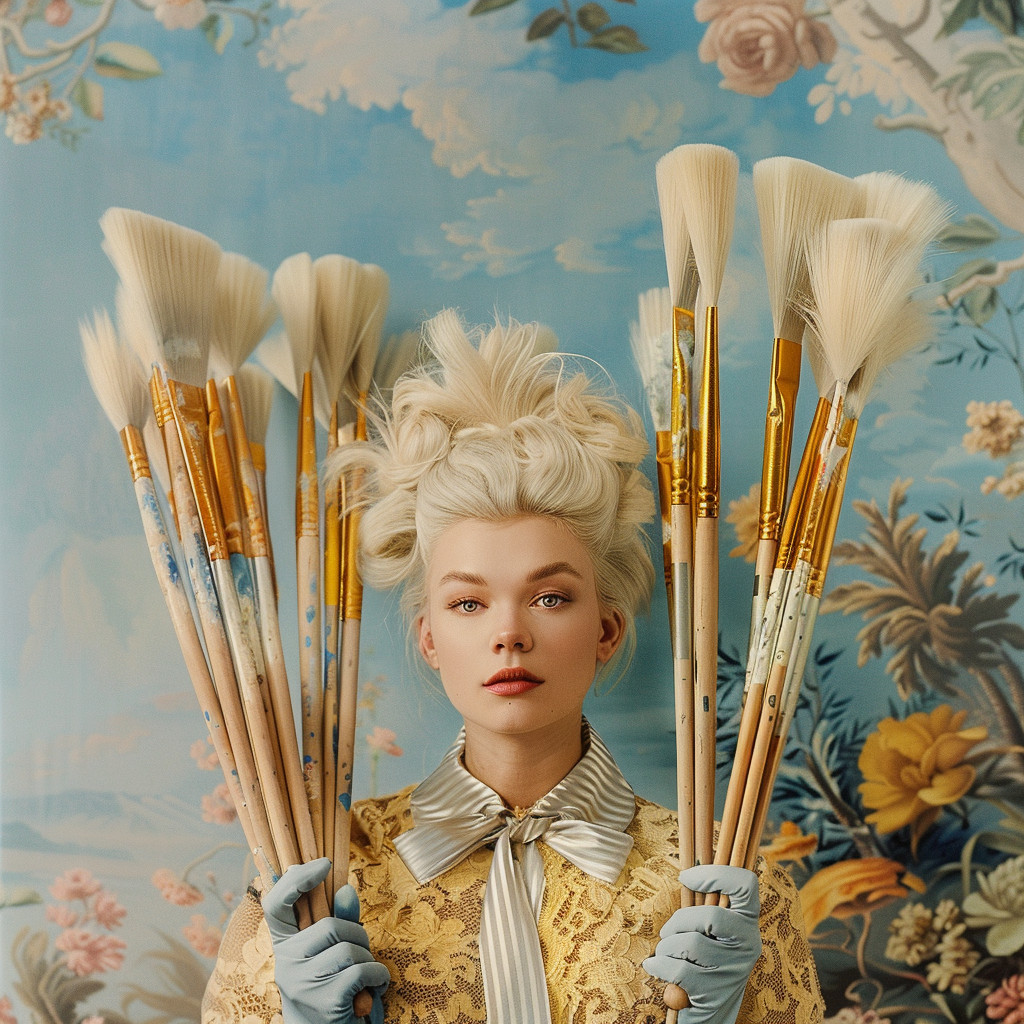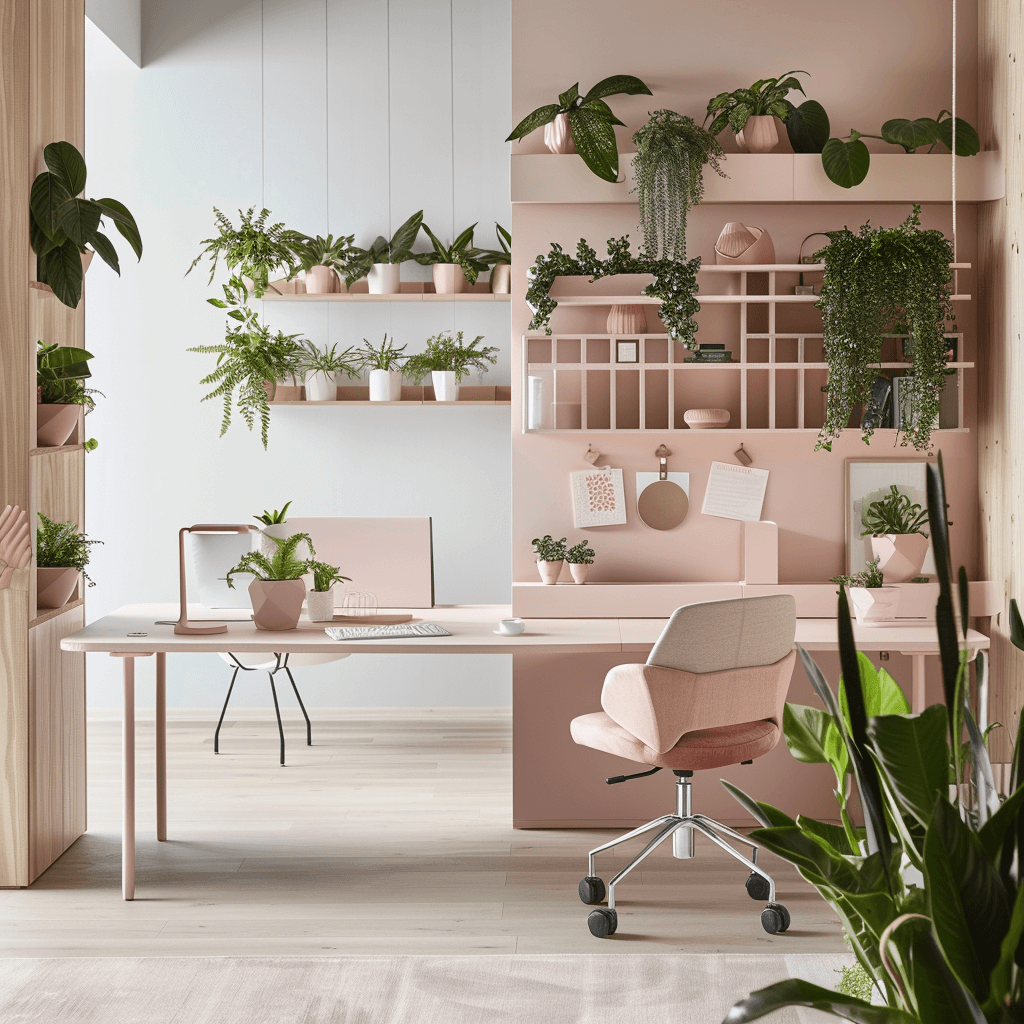
In a world where we are many times detached from our natural environment , the term 'biophilia' is garnering attention, particularly from Designers in the creative community.
What is Biophilia?
Biophilia, a concept popularized by American Biologist E.O. Wilson in the 1980s ( E.O. Wilson Wikipedia ), refers to the innate human tendency to connect with and be drawn to nature and other forms of life. This intrinsic connection can profoundly impact our well-being, productivity,and our CREATIVITY.
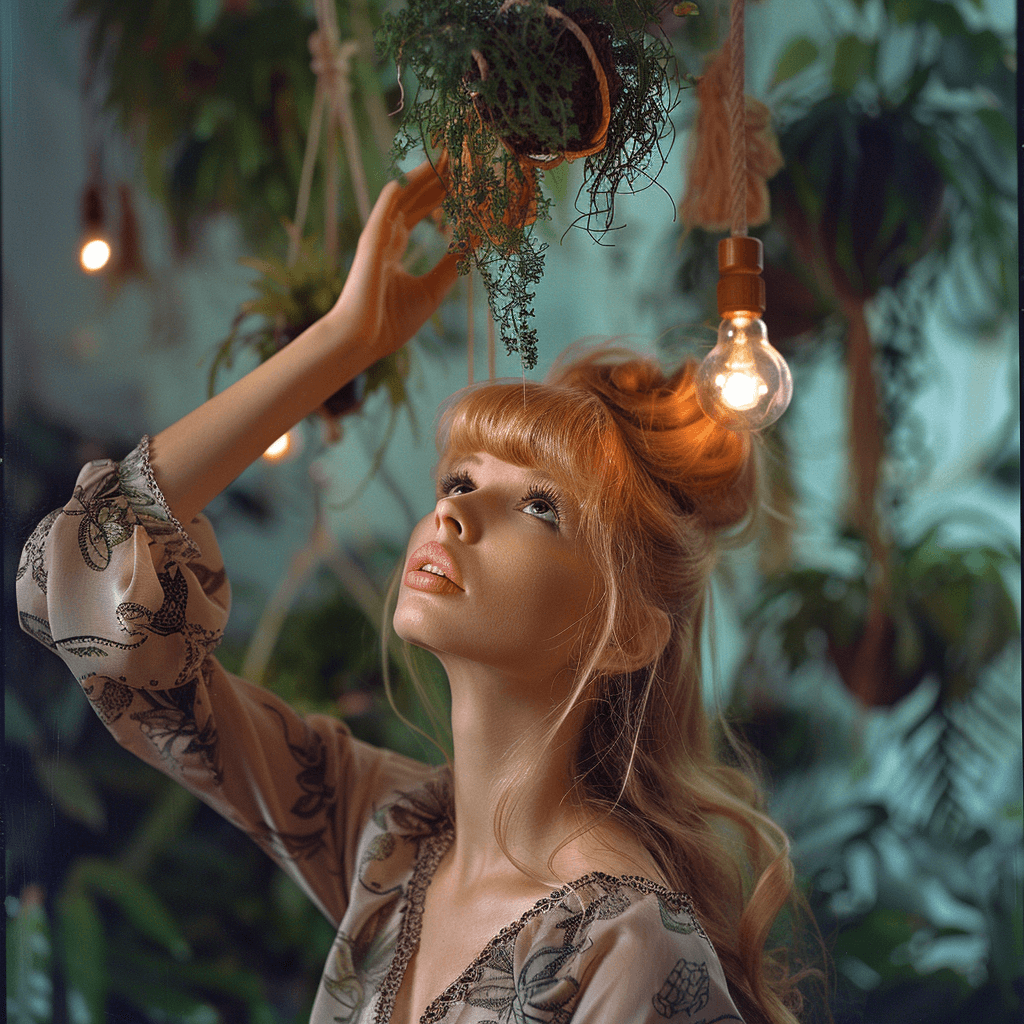
Unlocking a new level of creative potential
Research suggests that environments abundant in natural elements can stimulate the neural pathways associated with creativity.
For instance, exposure to natural light has been shown to enhance mood and energy, factors critically linked to creative output.
Similarly, incorporating plant life into work and living spaces not only improves air quality but also has a calming effect, reducing
stress levels and thereby fostering an environment conducive to creative thought. Even the use of materials, colors, and textures
inspired by nature can play a significant role in enhancing creativity. They simply create a more inviting and stimulating space.
The implications of biophilia for creativity are many. From the architecture of our buildings to the interior design elements
that define our personal and professional spaces, integrating aspects of the natural world can dramatically affect our
creative thinking and innovation.
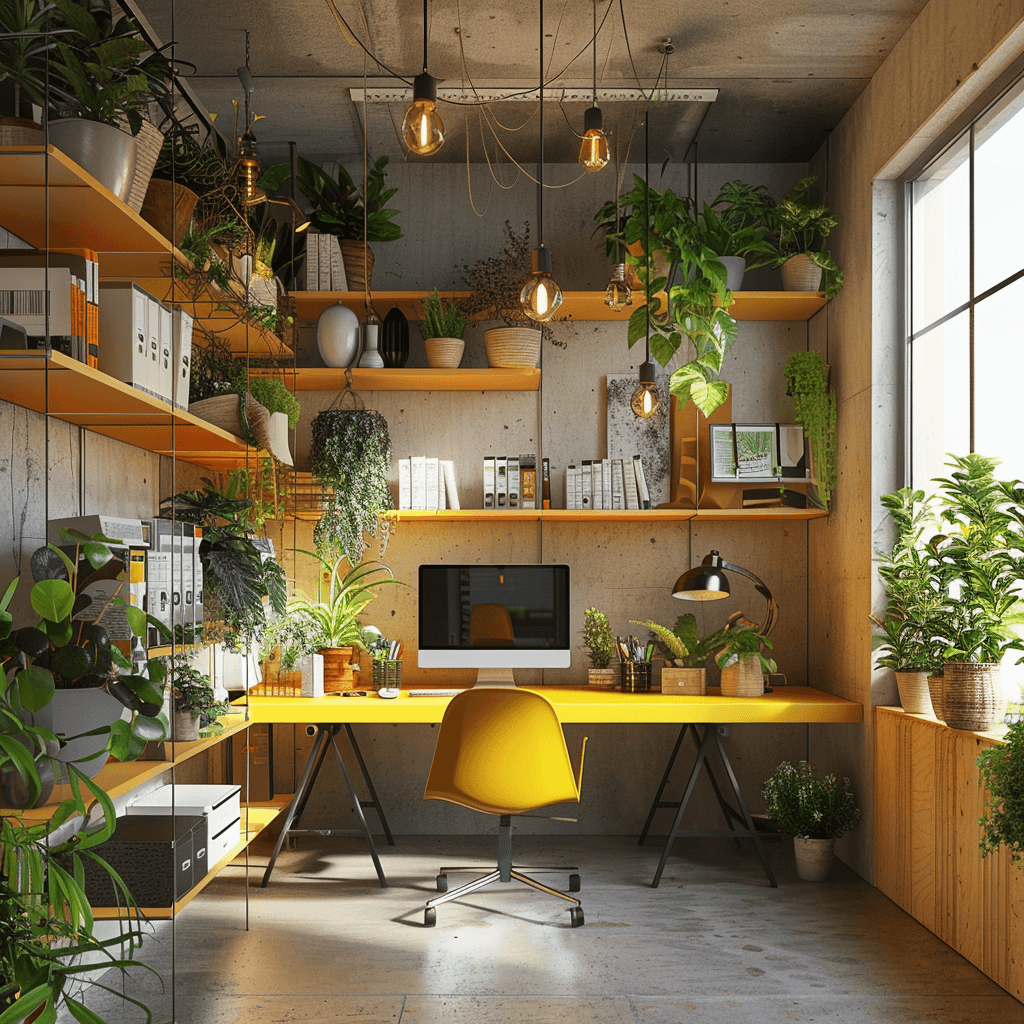
Not just a trend
As we continue to seek ways to enhance our creative abilities, biophilia is not just a trend, but a necessity.
If we blend the boundaries between the indoors and the outdoors, we can create spaces that inspire, energize,
and enhance our creative output.
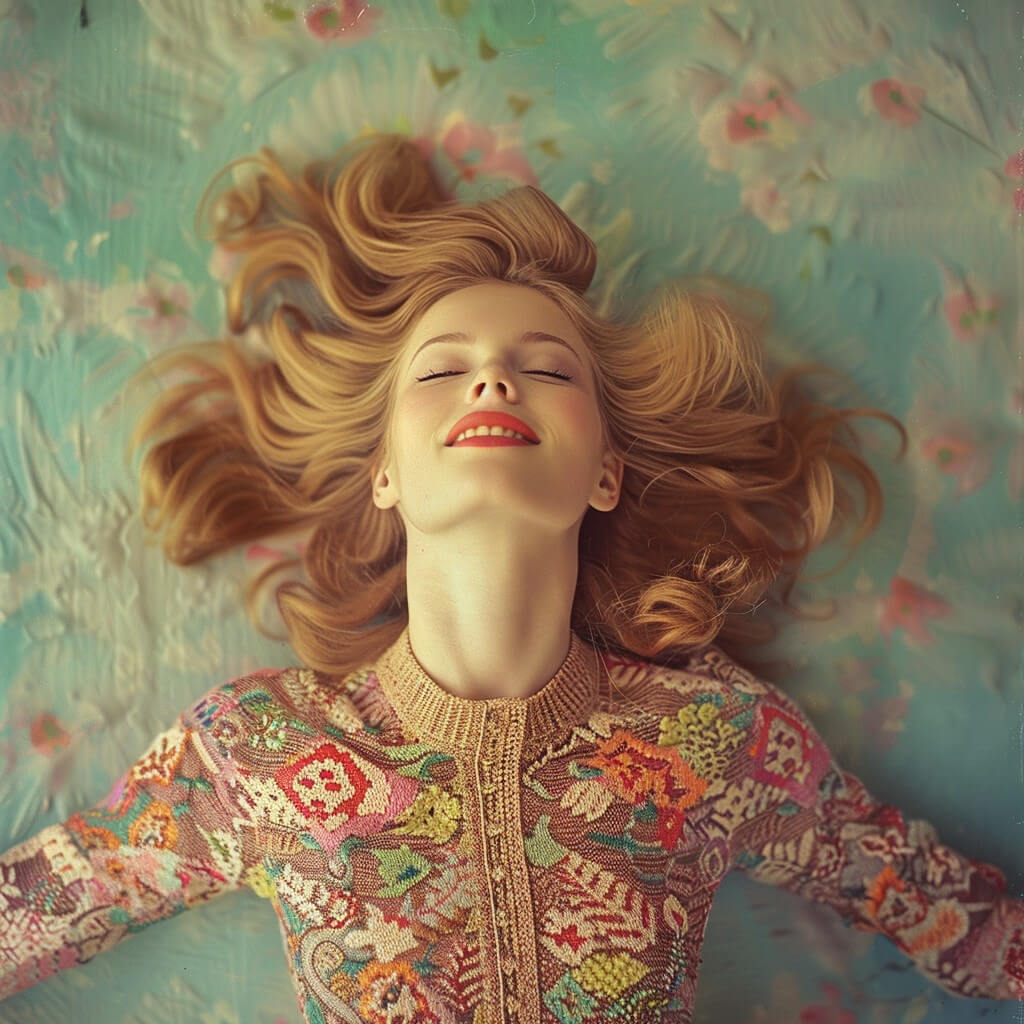
Home is so much more to me than just the physical space I occupy. For me, home is a reflection of who I am at my core, and it's important that the space I surround myself with inspires me every day.
I have always felt that our homes should be sanctuaries – places where we feel most like ourselves and can grow both physically and spiritually. It's like having a canvas that allows you to express your personal creativity, beliefs, and passions. When I walk into my home, I want to feel comforted, inspired, and encouraged to be my best self. It's amazing how the objects, colors, and energy we invite into our homes can deeply impact our mood and creativity.
Think about it: the items around you should serve as gentle reminders of the things you hold dear. Whether it’s art, books, or the plants you nurture, every piece should have a story or a purpose that resonates with you. This turns your living space into an extension of yourself – a living, breathing testament to your journey, dreams, and inspirations.
So, how can you create an inspirational, self-reflective home that sparks creativity and feels totally “you”? Here are ten ideas to get started:
1. Declutter Intentionally: Remove items that don’t spark joy or serve a purpose. This clears both mental and physical space for creativity and peace.
2. Surround Yourself with Meaningful Art: Choose pieces that resonate with you and reflect your personality and aspirations.
3. Create a Reading Nook: A cozy corner to dive into your favorite books can be a powerful retreat for inspiration and reflection.
4. Use Colors That Speak to You: Colors affect our mood – choose a palette that energizes and calms you in the best ways.
5. Incorporate Nature: Bring in elements like plants or stones to connect your indoor environment with the natural world.
6. Display Personal Mementos: Showcase items that tell your story or remind you of people and places you love.
7. Designate a Space for Creation: Whether it's a desk, an art table, or a meditation spot, have a dedicated area where you can engage with your passions.
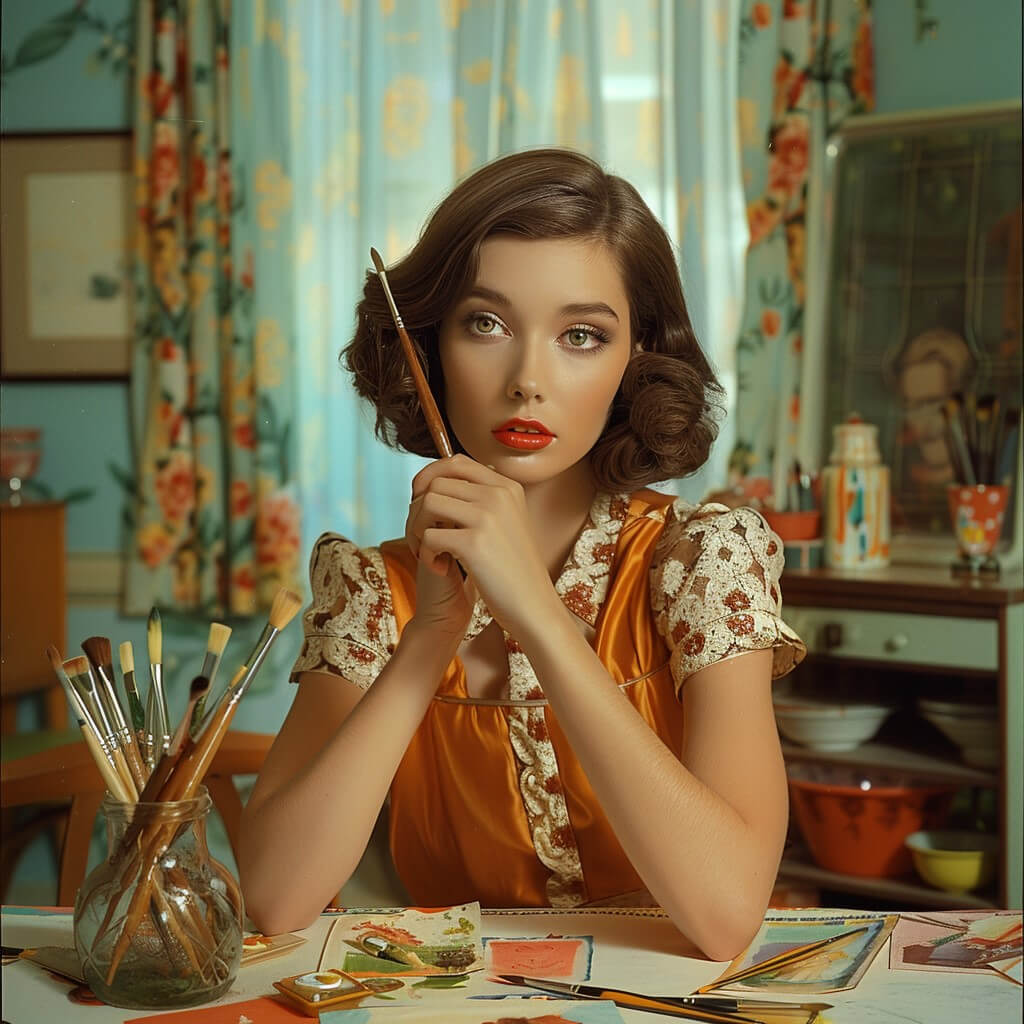
8. Curate a Soundtrack: Music can profoundly impact how a space feels. Create playlists that lift your spirits and match the rhythm of your life.
9. Embrace Texture and Comfort: Layer with textiles, throws, and cushions that invite you to sink in and feel at home.
10. Reflect Your Values: Let your space evolve with you, incorporating elements that reflect your current beliefs and passions.
I hope these tips inspire you to transform your home into a space that's not only about beautiful aesthetics but also about a deep personal resonance that keeps you thriving. Remember, you deserve a home that feels like the best version of you. So, let's get creative and make our homes places of endless inspiration!
Would love to hear how you're transforming your space, so feel free to share your progress!
Warm coziness,
Linde
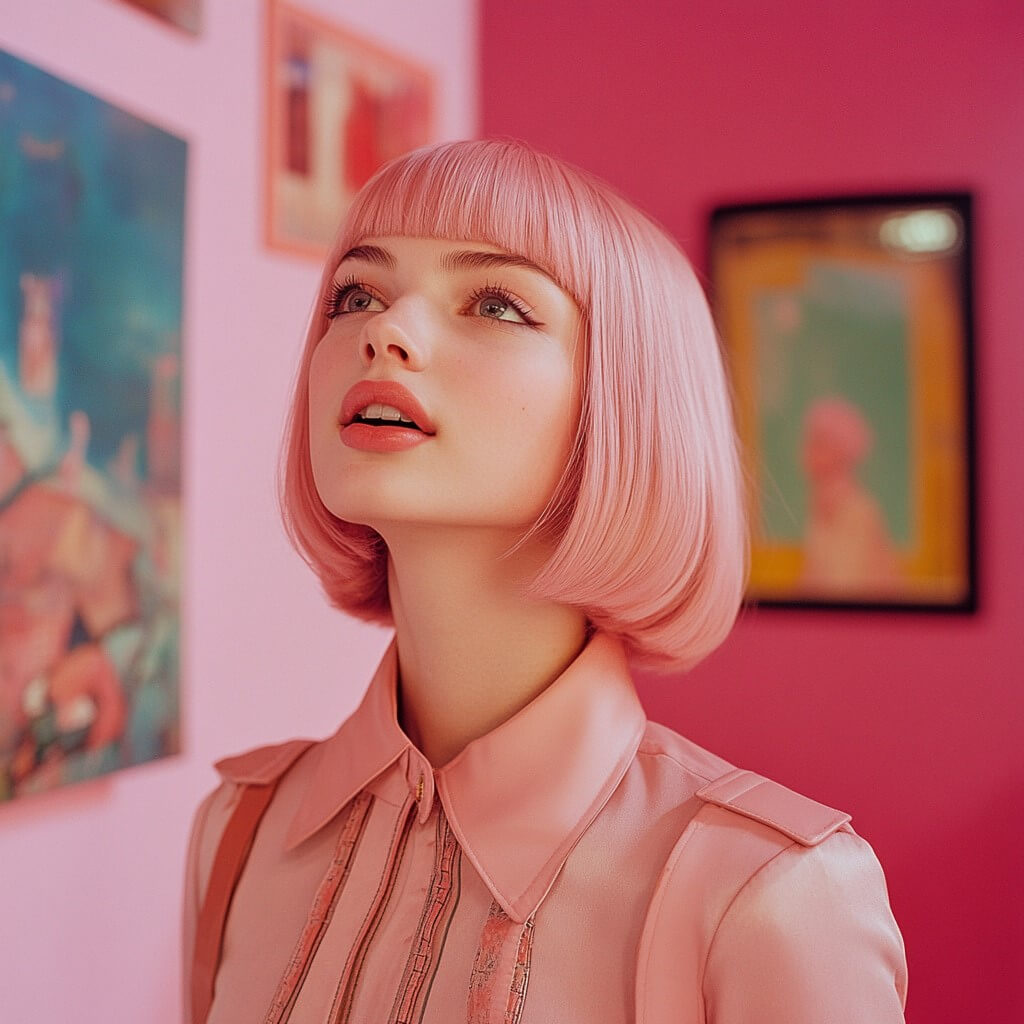
As artists, nurturing our creative soul is as important as honing our craft. One of the most beneficial practices I've discovered comes from Julia Cameron's "The Artist's Way," which emphasizes the importance of artist dates. These are solo, playful excursions meant to spark inspiration and creativity. Here are ten artist date activities that have breathed new life into my creative endeavors:
1. Visit a Thrift Store or Flea Market
Wandering through aisles of forgotten treasures can unlock a world of imagination.
The quirky finds and vintage pieces often inspire new ideas or serve as unique material for mixed media projects.
2. Nature Walk with a Sketchpad
Allowing myself to get lost in the beauty of nature while sketching what's around me reconnects me to the simple joys of creation.
The movements of trees, patterns in leaves, or even the play of shadows can spark new artistic ideas.

3. Try a Pottery Class
There’s something deeply satisfying about molding clay with your hands.
Enrolling in a one-time pottery workshop has allowed me to experiment with form and texture in a tactile way.
4. Visit an Art Gallery
Spending an afternoon in a gallery, absorbing the colors, lines, and stories within each piece, always leaves
me feeling more connected to the art world and excited to create.
5. Attend a Live Performance
Whether it's a small local theater production, a concert, or even a dance recital, witnessing the creativity of
others up close is incredibly motivating and often leads to new creative ideas of my own.
6. Explore a New Bookstore
I love the smell of old books at the library and the crisp, fresh pages of new ones at local bookstores.
Getting lost in a bookstore, flipping through pages of art books, and imagining where the stories could lead provides endless inspiration.
7. Take a Day Trip to a Nearby Town
Exploring new surroundings can be an eye-opener. A day spent wandering a historic town or a local park introduces me to new perspectives
and subjects for my artwork (well as some intriguing history).
8. Experiment with a New Medium
Trying my hand at something outside of my usual realm – like watercolors if I usually use chalk pastels,
or digital art if I'm a traditional sketch artist – stretches my creativity and skills.
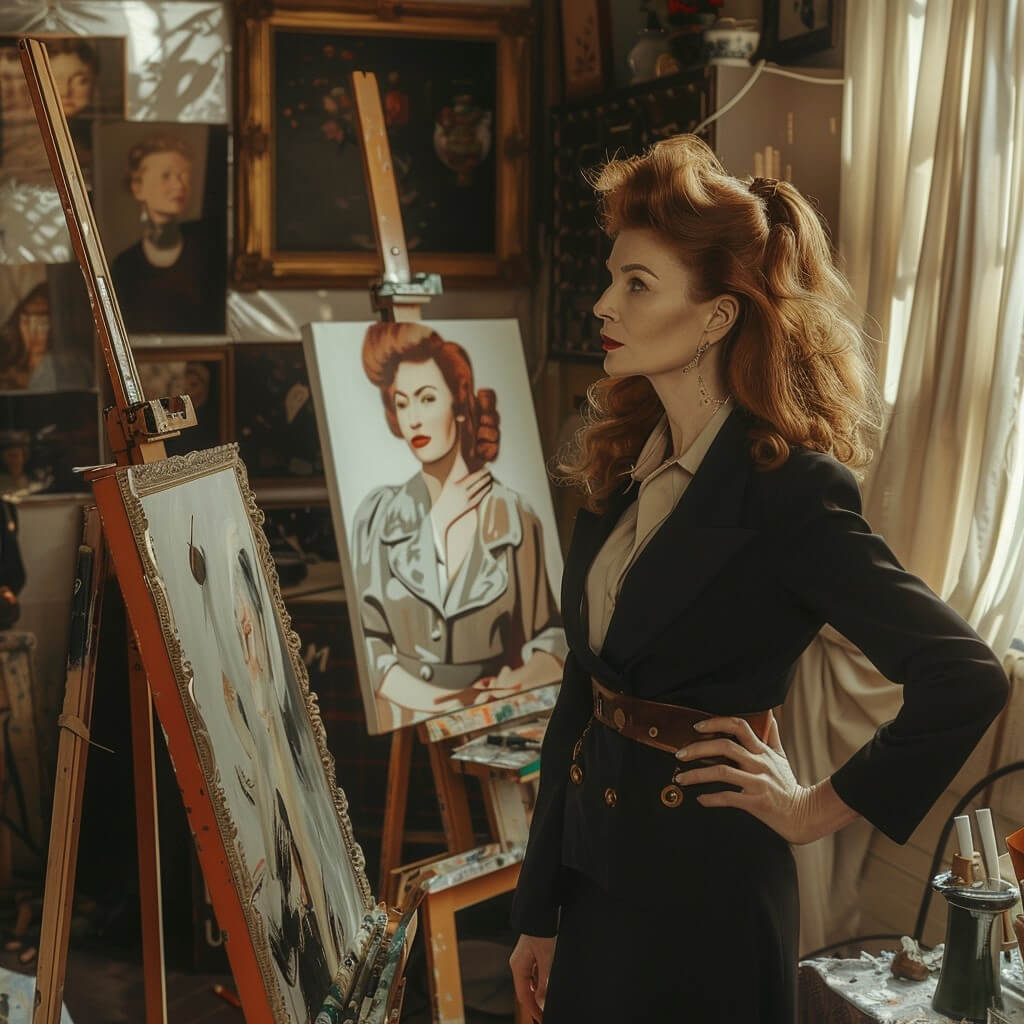
9. Visit a Local Museum
Not necessarily an art museum—sometimes natural history museums or science centers offer unexpected
curiosities that captivate my imagination and drive me to look at my work from a different angle.
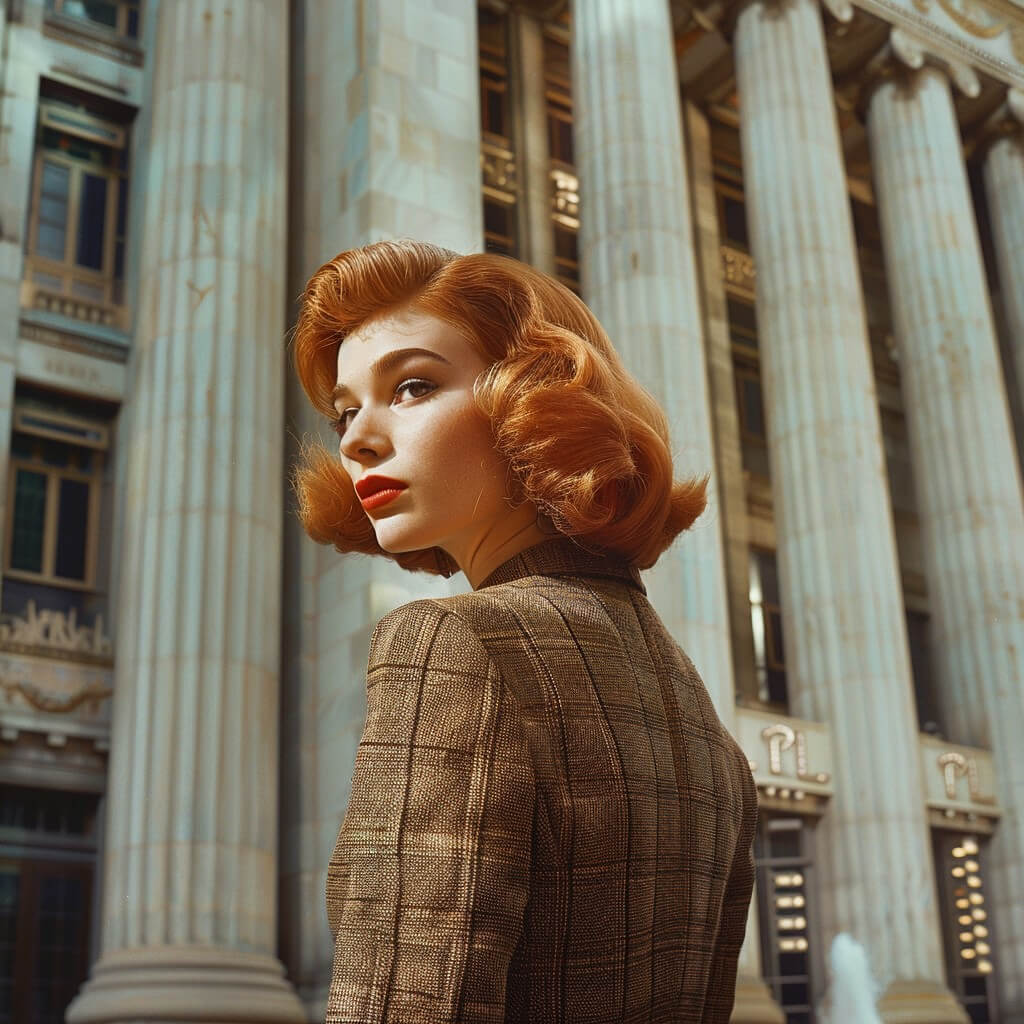
10. Craft a Vision Board
I always go back to this one. I used to use old magazines, scissors, and glue to craft a vision board.
Now I do so online, usually using Canva. It allows me to visualize goals and dreams, and the process itself is a is creative and self-reflective.
Every artist date revitalizes my creative spirit in a unique way. Give it a try and awaken the artist within!
Choosing art that holds personal significance can greatly enhance the ambiance of your living or working space. Art that inspires, calms, and mirrors your inner thoughts and personality not only beautifies your environment but also contributes to your emotional well-being. When selecting pieces that resonate with you personally, consider how the artwork aligns with your tastes, emotional triggers, and lifestyle.
To begin, think about art that sparks inspiration or creativity within you. It could be a piece that invokes fond memories, celebrates a cultural heritage, or motivates you toward your goals. Additionally, factor in the calming effects of certain artworks. Pieces that incorporate soothing colors, tranquil scenes, or simple compositions can provide a sense of peace and relaxation in your space.
Here are 15 practical tips to guide you in choosing art that holds personal meaning:
- Reflect on your personal interests and passions.
- Consider art that evokes a strong emotional response.
- Think about the themes that resonate with you.
- Evaluate the color palette and its impact on your mood.
- Look for pieces that capture memorable places or moments.
- Explore various artistic styles to understand what you are drawn to.
- Check the size and scale to complement your space.
- Invest time in knowing the artist and their story.
- Trust your instincts on what feels right for you.
- Think about how the art will integrate with your existing décor.
- Ensure the art aligns with the intended mood of the room.
- Consider art with a message or narrative that speaks to you.
- Look for versatility and the ability to move the piece to different spaces.
- Balance aesthetics with personal connection to the piece.
- Don’t be afraid to take your time and wait for the right piece to come along.
By following these guidelines, you can curate a meaningful art collection that truly reflects who you are and brings joy to your space.
Read more...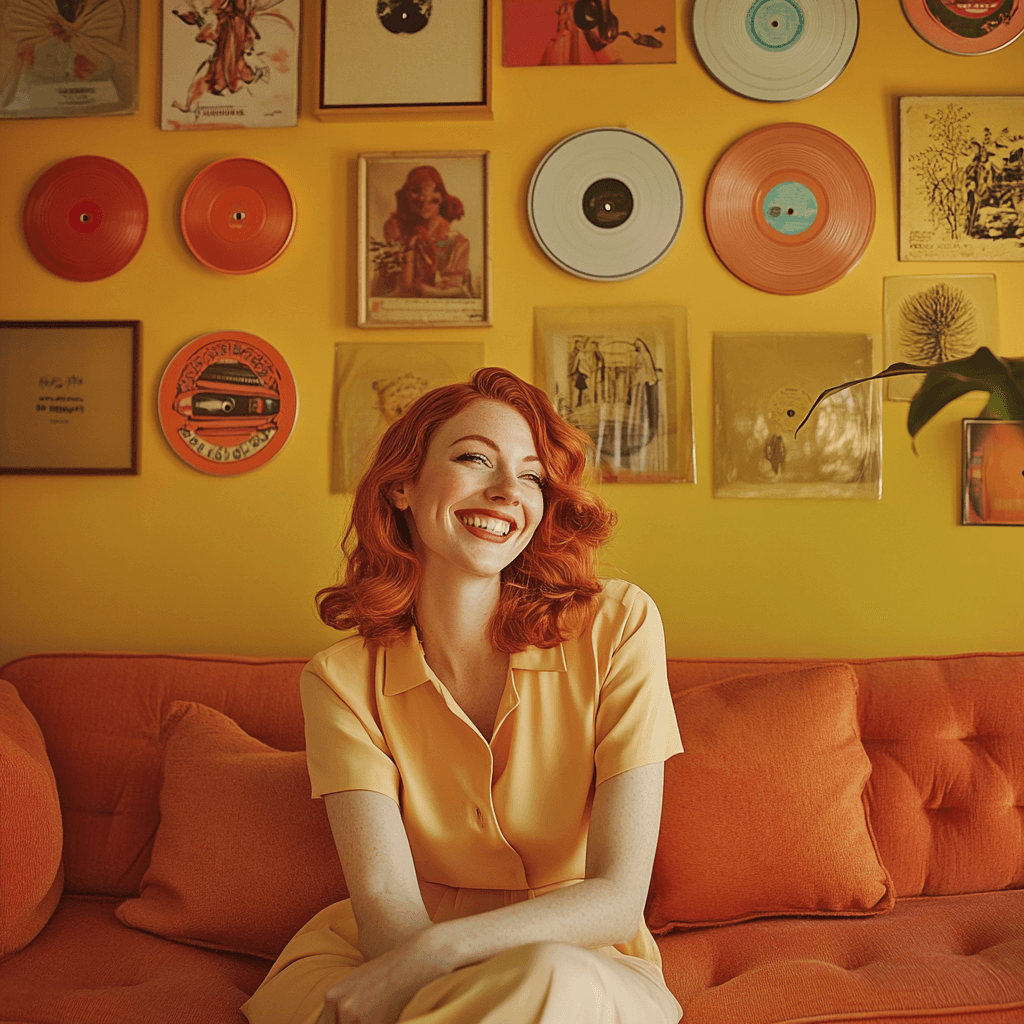 The Creative Home
The Creative HomeEmbracing Nostalgia
As a Designer ( and lover of all things retro), I've always been fascinated by the power of nostalgia and how it can transform our living spaces into something truly special.
What is Nostalgia?
It's that warm and fuzzy feeling we get when we think about the past. It has the potential to evoke fond memories and can be a powerful tool in fashioning a home that helps you flourish creatively.
Breathing Life, and History into Your Space
The use of vintage and retro pieces
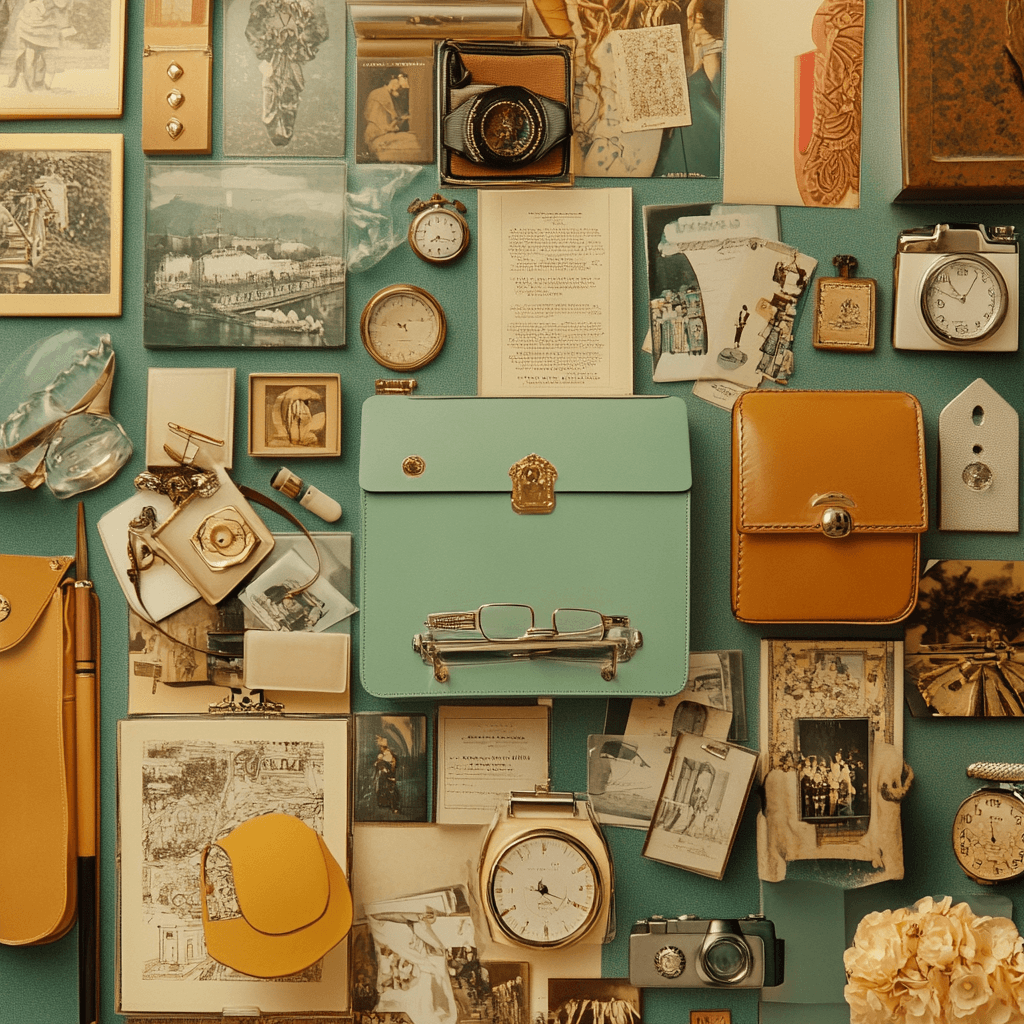
There's something so enchanting about finding an old piece of furniture or decor at a flea market or antique store, knowing that it has a story to tell.
It not only brings a unique charm to our living space; but creates a sense of warmth and familiarity. It inspires us to simply wonder.
I recently purchased a 1960's typewriter to use for writing, art, and decor. Every time I look at it, I'm happy. Not only because it's so damn cute but because it represents all the things I might create with it!
For you it may be an old record player, a vintage mirror, or a retro-inspired lamp. Anything that instantly transports us back to a different time works, (whether we lived through it or not).These items take us away from the ordinary, the mundane, and the instagram trend of the week; and give us something interesting to experience.
Colors and Patterns
I often find myself drawn to the colors and patterns that were popular during my childhood or even earlier. From avocado green, and mustard yellow to the pastel shades of the 50s I cherish in old Vogue layouts, these colors evoke feelings of coziness. Whatever colors and patterns speak to you can be incorporated sparingly to start or used as to launch a whole new design.
I personally find that patterned wallpaper and textiles mixed with more modern styles, has worked best with the majority my clients over the years, as it keeps these additions simple and focused without overwhelming a space.
Photographs and Memorabilia
Displaying framed family photos, old postcards, or even ticket stubs from memorable events can create a gallery wall that tells our personal story. These items serve as a constant reminder of the moments and people that have shaped our lives, and they add a layer of emotion to our living spaces. They can serve as great conversation starters as well when entertaining; helping your guests better know you. ( Which is why you invited them in the first place, right?)
Nostalgic Scents
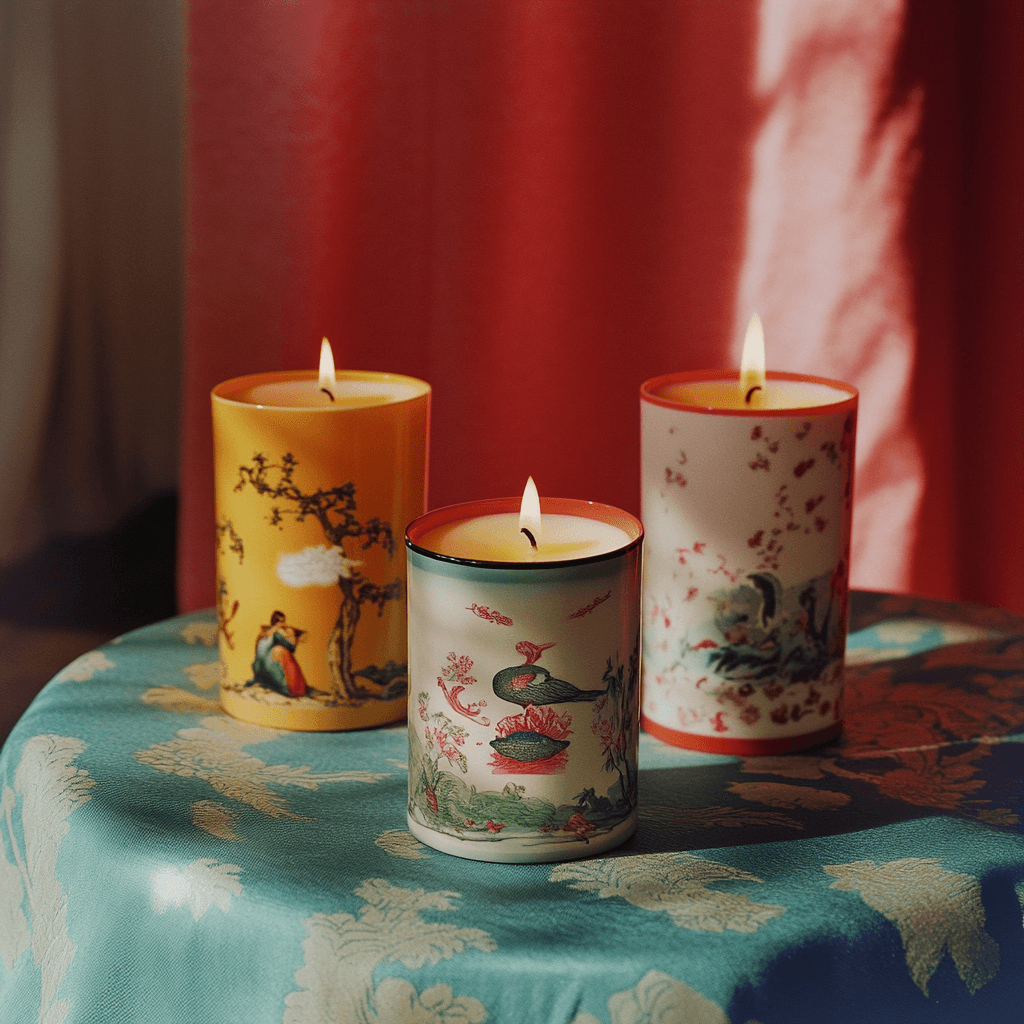
Smell is one of the most powerful tools for our memory. It has a profound impact on us. Whether it's the smell of freshly baked cookies, the scent of a favorite perfume, or the aroma of a seasonal candle, these scents can instantly transport us back to a specific time or place. By choosing scents that evoke positive memories, you can create a home environment that feels both comforting and inspiring.
I encourage you to explore your own nostalgic inspirations and see how they can transform your home into a place that truly reflects YOUR personal story.


